Ueno Royal Museum

The 2024 “Exhibition in the Forest” was held at the Ueno Royal Museum from Friday, March 7th to Tuesday, March 11th, 2025.
Taito City is working on the “Arts Project for People with Disabilities” to support the participation of people with disabilities in cultural and artistic activities and to promote understanding of disabilities. As part of this, the “Exhibition in the Forest,” jointly planned by Taito City and the Ueno Royal Museum, is an exhibition that aims to let people with disabilities know the joy of being involved in art by providing them with an opportunity to exhibit their works.
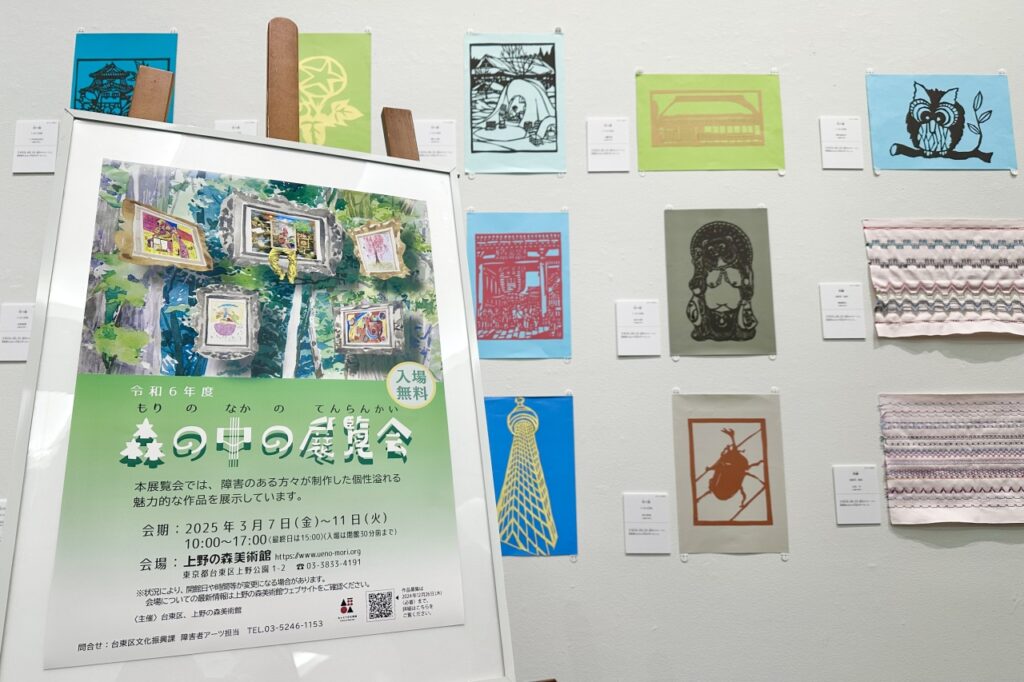

Although there is a restriction that the work must be a two-dimensional piece that can be displayed on a wall, the theme and format of the work are basically free. Works are being solicited from people with disabilities who live, study, or work in Taito City, or who use facilities or organizations for people with disabilities in the city, and this year marks the fourth time the event has been held.


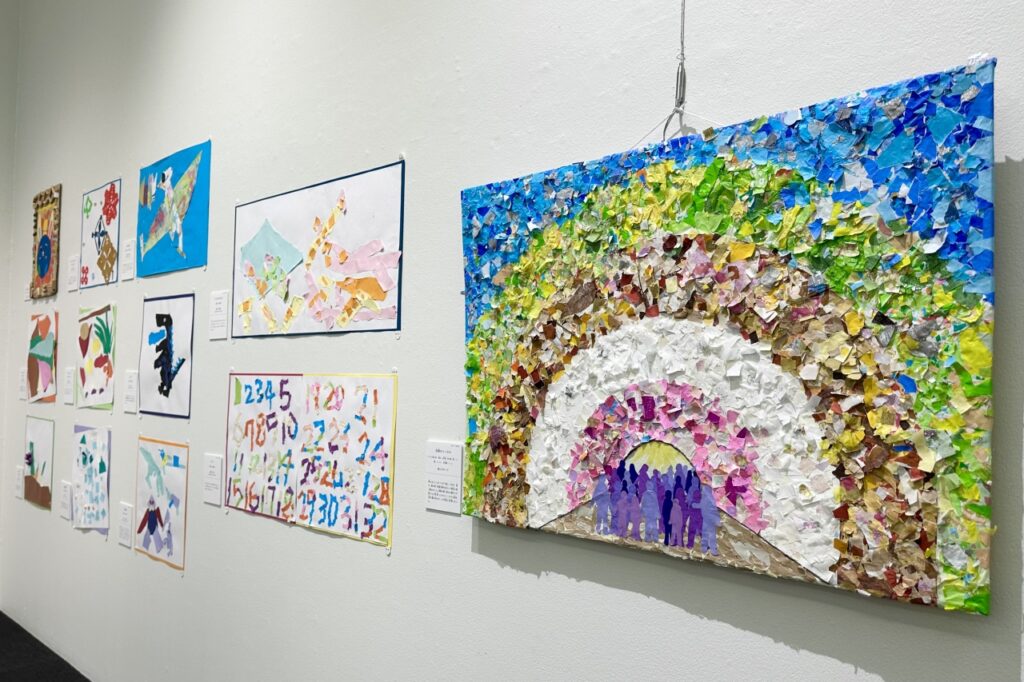
In this exhibition, prizes are awarded to works that are deemed particularly excellent by art and calligraphy experts. The judging panel consisted of three judges: Musashino Art University President Kabayama Yukazu, calligrapher and Takayusha chairman Fukino Masanobu, and Ueno Royal Museum curator Sakamoto Akemi, with art workshop instructors Kamikubo Kyoko and Yoshinaga Haruhiko serving as associate judges. From the 274 works submitted, one Taito Ward Mayor’s Award, one Ueno Royal Museum Award, three Excellence Awards, and six Honorable Mentions were selected, and the awards ceremony was held on March 8th.
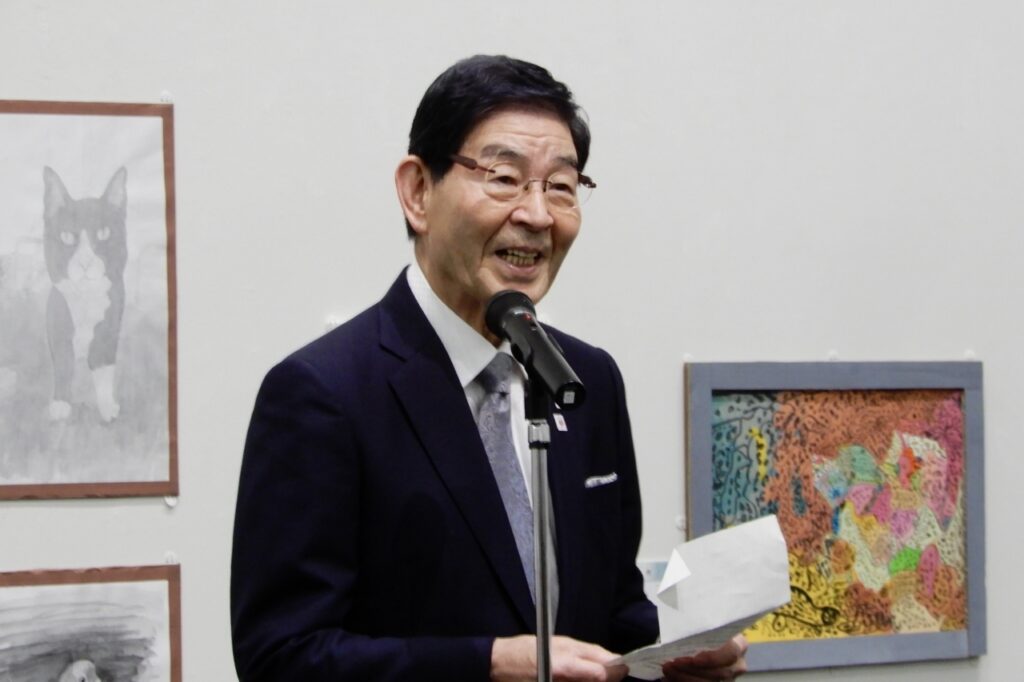
The award ceremony began with a speech from Taito Ward Mayor Yukio Hattori. He encouraged the winners , saying, “Your works are all wonderful pieces that truly demonstrate your rich expressiveness and individuality. I hope that this award will encourage you to work even harder on your own creations.” He also called on the audience to “feel the individuality and talent of the artists that can be seen in their works, and the thoughts that were put into them, and I hope that this will be an opportunity for you to further deepen your understanding of disabilities.”
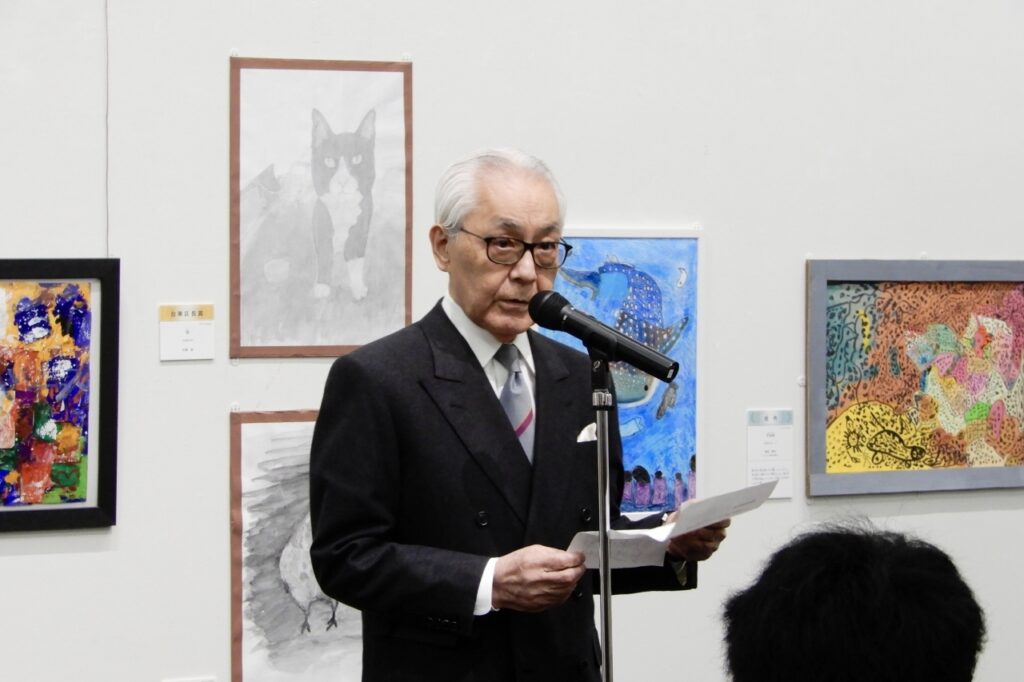
Next, Ueno Royal Museum Director Miyauchi Masaki took the stage. After giving a congratulatory speech, he spoke about his thoughts on the exhibition, saying, “Our museum aims to allow many people to experience the joy of creation and the excitement of exhibitions, and aims to be a place for artistic exchange that respects the individuality and sensibilities of each individual. We intend to continue working with Taito Ward to develop this exhibition as a place to deepen mutual understanding through diverse expressions.”

Also, on behalf of the judges, calligrapher and Takayusha Chairman Fukino Masanobu gave a commentary.
“We the judges looked at each of the 274 works, discussed with the teachers which ones to select, and then ultimately decided on the winners through voting. I would like to add that there were works that I voted for even though they did not ultimately win awards, so it’s not that the content of the works was necessarily superior or inferior,” he said, reflecting on the selection process, and explained his reasons for choosing the winning works as follows:
“When we do calligraphy, we use ink. Ink is black, but depending on how you write, it can turn a little gray, or the finished product can look white. I try to mix these three colors together to write the characters, even in black, but in addition to that, I think about how I will write this work. For example, I write while thinking about whether I want to express something powerfully or gently. Each of the (award-winning) works here is truly full of emotion and has high technical ability, so I think they are wonderful,” he explained, comparing it to his own artistic activities. Finally, he gave them a cheer, saying, “I hope you will work hard again next year with the support of your families.”
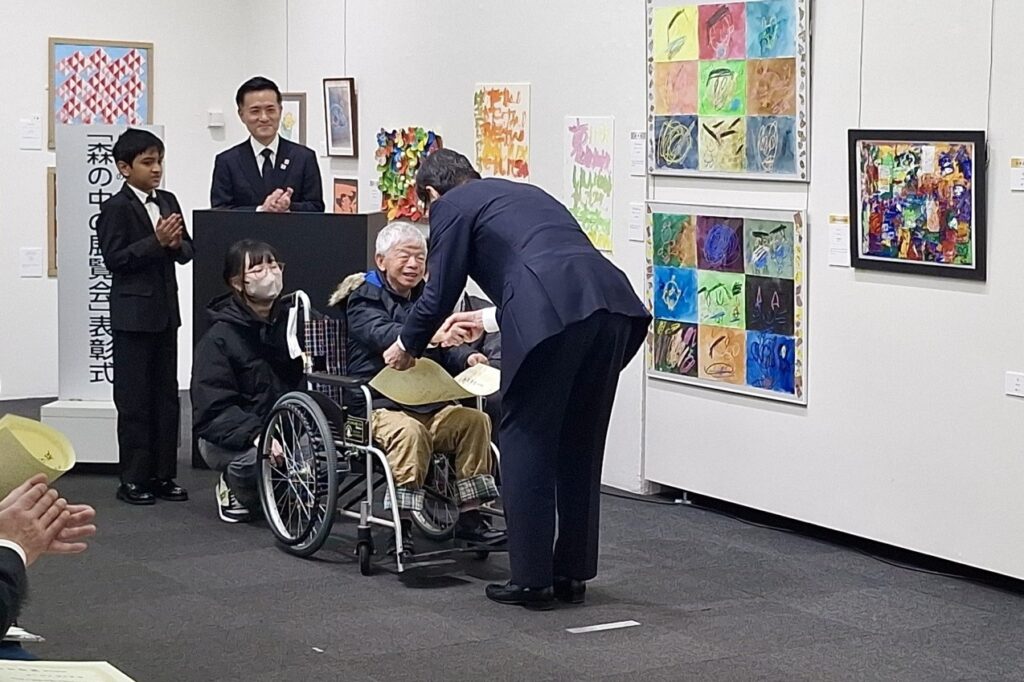
The awards were then presented to the winners as their families and guests congratulated them, and the ceremony concluded in a harmonious atmosphere.
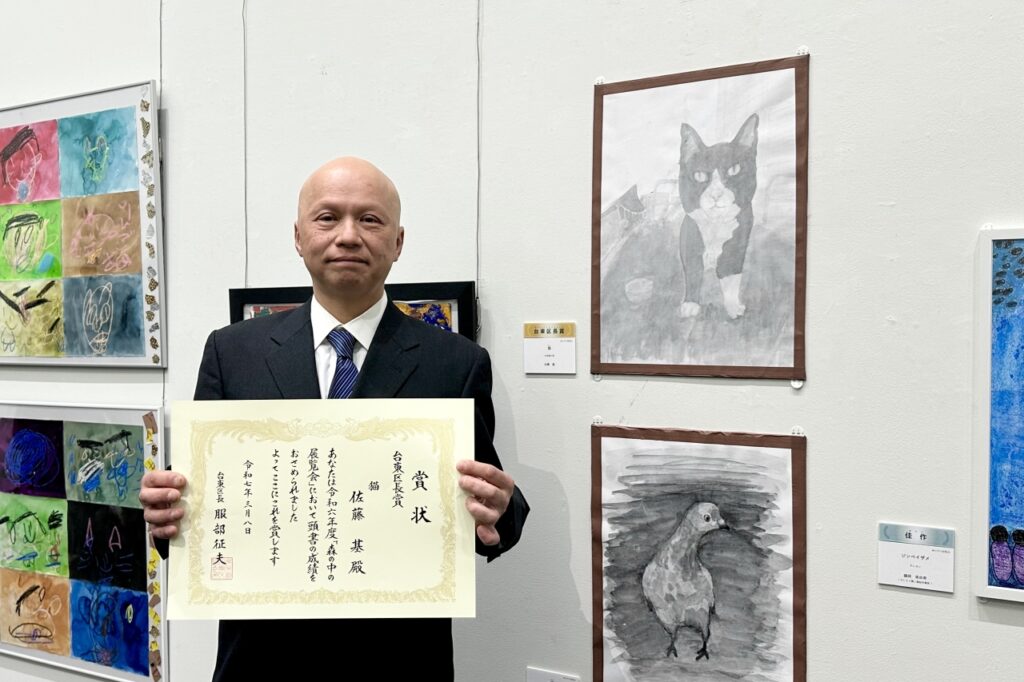
Motoi Sato, who won the Taito Ward Mayor’s Award for his monochrome watercolor painting of “Cat,” said he was introduced to this exhibition by the facility where he attends. This is his second time exhibiting his work, and he smiles as he says, “It was interesting just to have my work exhibited, but I was surprised to receive an award as well.”
She says she likes cute animals, and in this work she has captured the moment when a cat looks at her with a look that says, “Are you going to give me food?” At first glance, the cat’s sharp eyes look scary, but she was particular about expressing its soft and fluffy appearance. When asked about her future plans, she said, “I would like to snap and draw scenes that make me think ‘wow’ in my daily life, or scenes that I find cute or beautiful, rather than special places.”
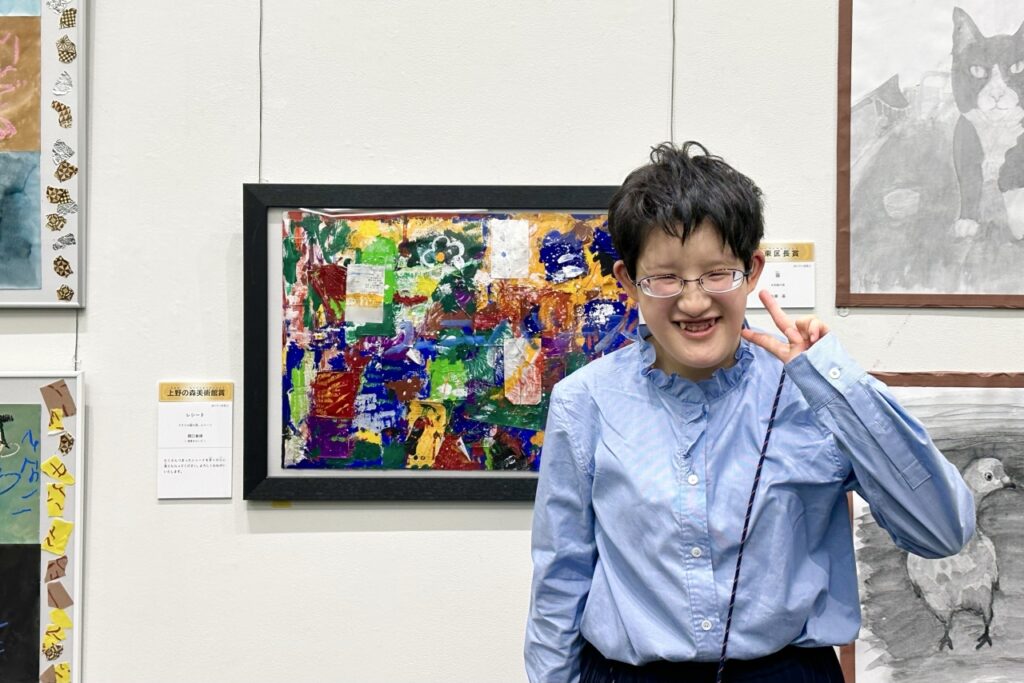
Sekiguchi Soei’s Receipts , which won the Ueno Royal Museum Award, is a masterpiece in which he colorfully paints receipts of all sizes. Sekiguchi originally liked collecting receipts, and decided to turn them into art when a staff member at the facility he frequented suggested he turn them into art. The receipts used are some of Sekiguchi’s most precious memories, such as food eaten on outings with his family and hot snacks from his favorite convenience store. He painted over and over again in his favorite colors, and the thickness of the colors seems to convey the strength of his feelings.
In preparation for this exhibition, art instructors visited 17 facilities for people with disabilities in the ward and held workshops, during which the works they created, including watercolors, crayon drawings, colored pencil drawings, and collages, were also on display.
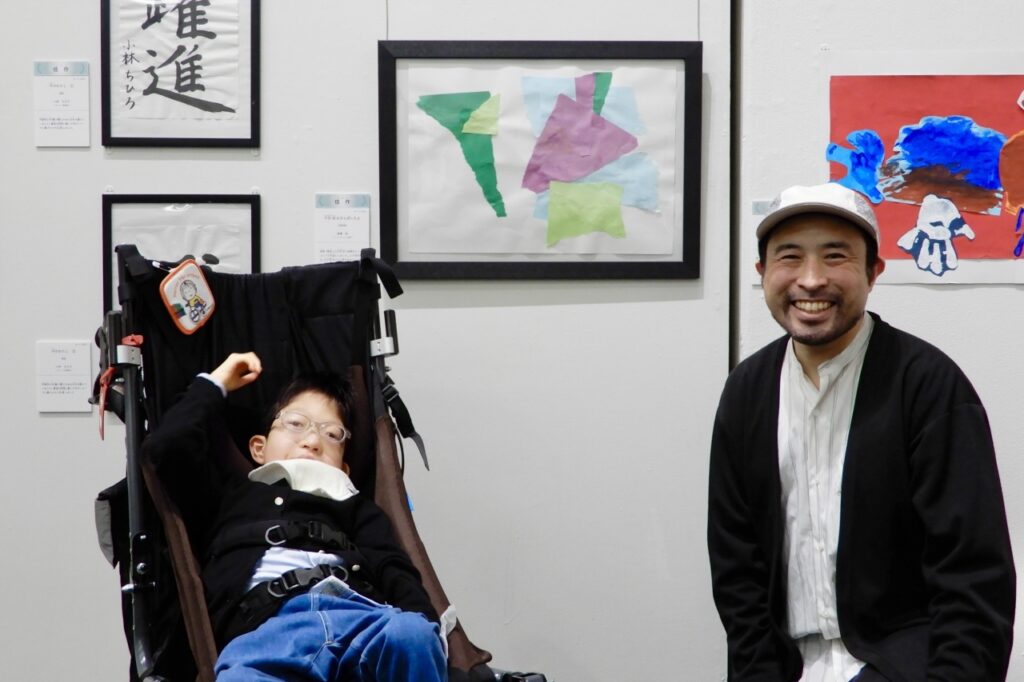
Artist and art instructor Haruhiko Yoshinaga looked over the works once again at this exhibition and said with great emotion , “I am moved by the energy I get from appreciating them in person.” In the workshops, he focuses on creating an environment that allows participants to concentrate while incorporating elements of play. He also pays attention to the atmosphere of the place so that the participants’ free creative desire and their inherent talents are not blocked by tension.
“It’s very encouraging to see the participants in the workshops concentrating. Conversely, I always feel like I’m receiving energy from them. What makes me happiest is hearing comments like, “The time went by so quickly,” or “I feel exhausted today,” says Yoshinaga.
Even for those who don’t have a specific request for the work they want to create, they are often supported in expanding their imagination by presenting potential ideas without overwhelming them with information, and working together on the project. The aim is to “always find new inspiration,” so even if the workshops are held at the same facility, they never become monotonous. From this story, we got a glimpse of the efforts of the people behind the scenes who are supporting the appeal of this exhibition, which is filled with diverse artistic expression.
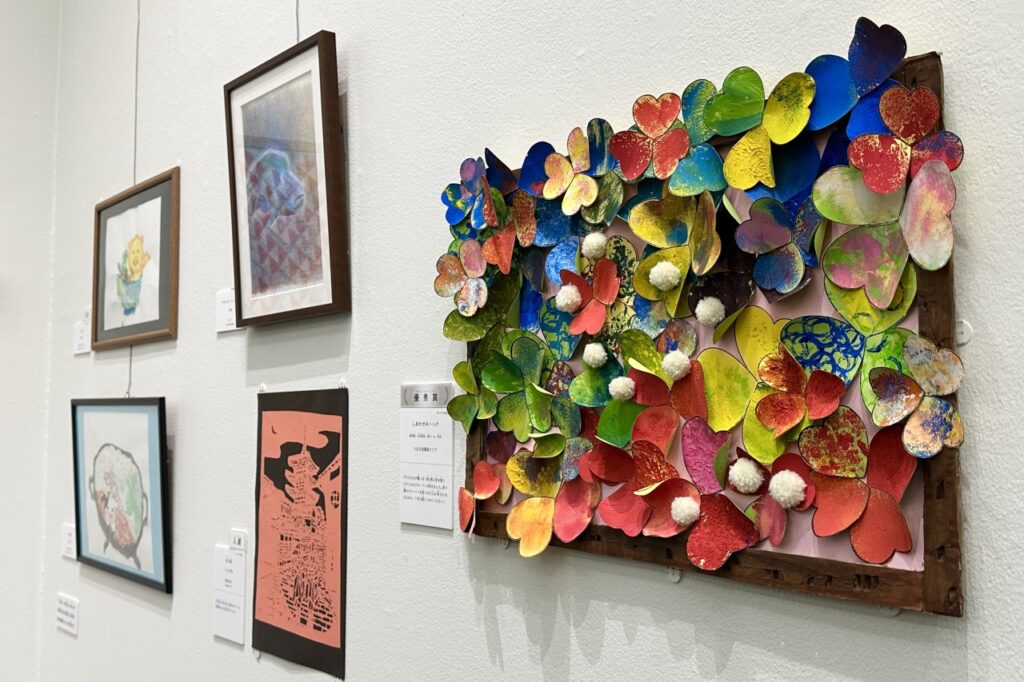

Some of the winning works will be on display at the art gallery on the first floor of Taito Ward Office until Friday, April 18th, so be sure to stop by and check them out.
Overview of the 2024 “Forest Exhibition”
| Dates | March 7, 2025 (Friday) – March 11, 2025 (Tuesday) |
| venue | Ueno Royal Museum |
| Admission Fee | free |
| List of Award-winning Works | https://www.culture.city.taito.lg.jp/ja/shogaisha_arts/morinonakanotenrankai/r06 |
*The content of this article is current as of the interview date (March 8, 2025).



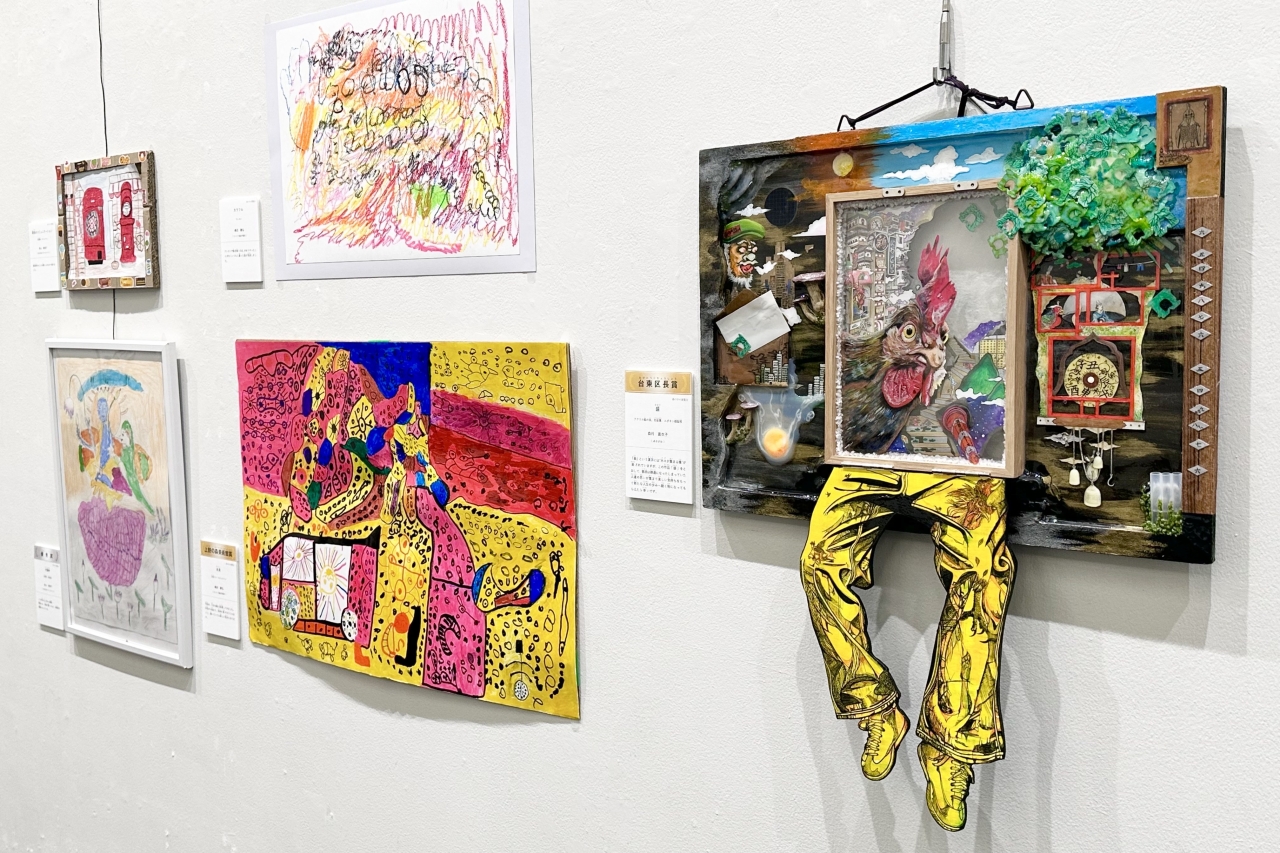
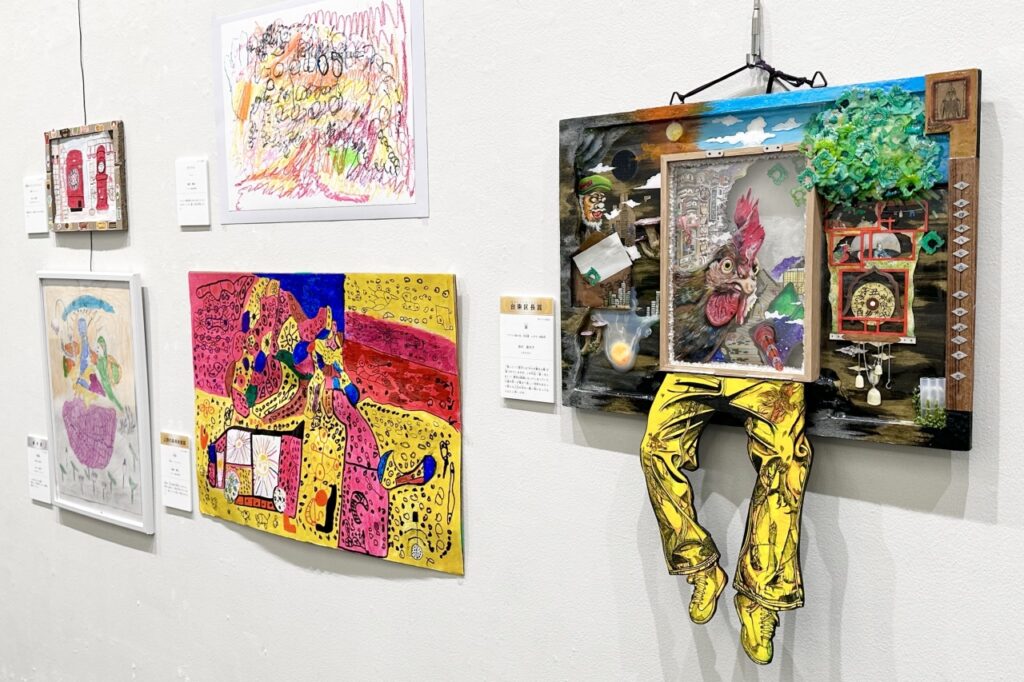
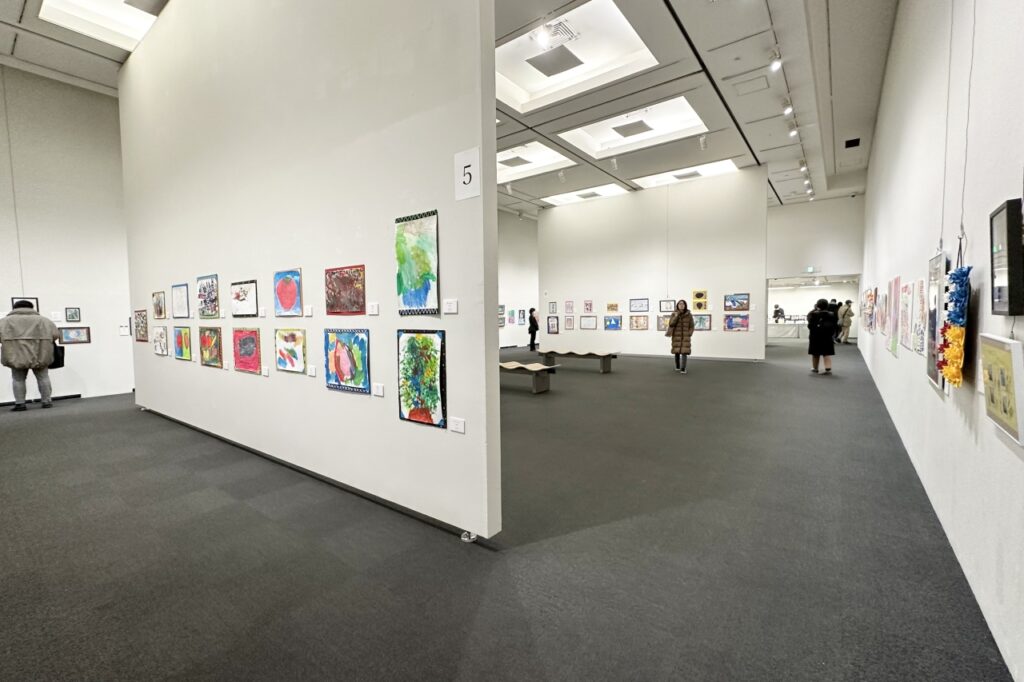
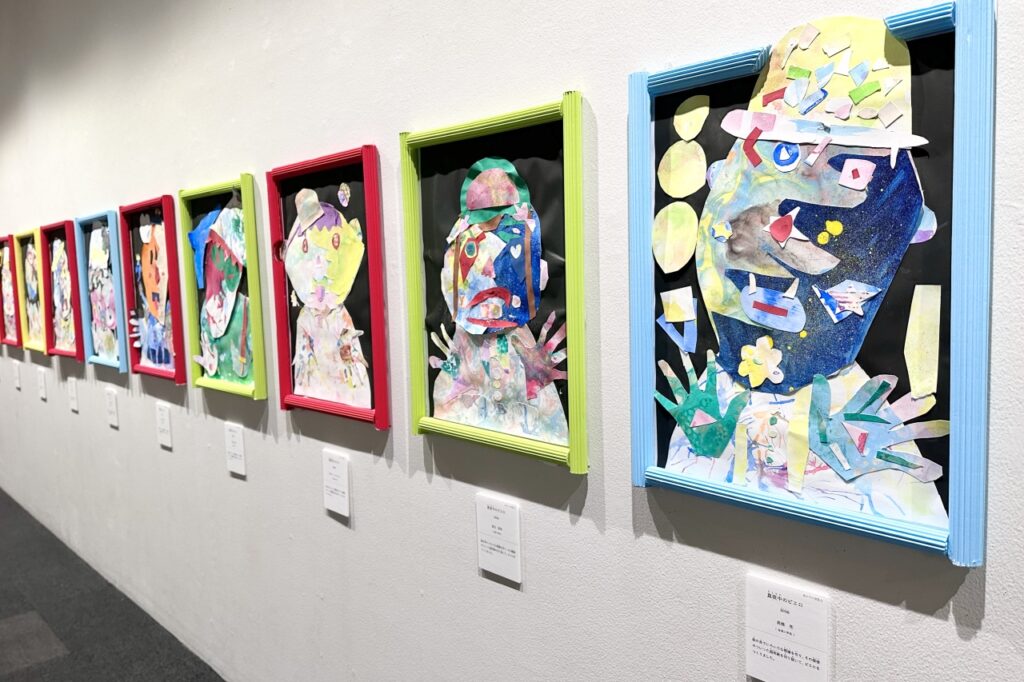

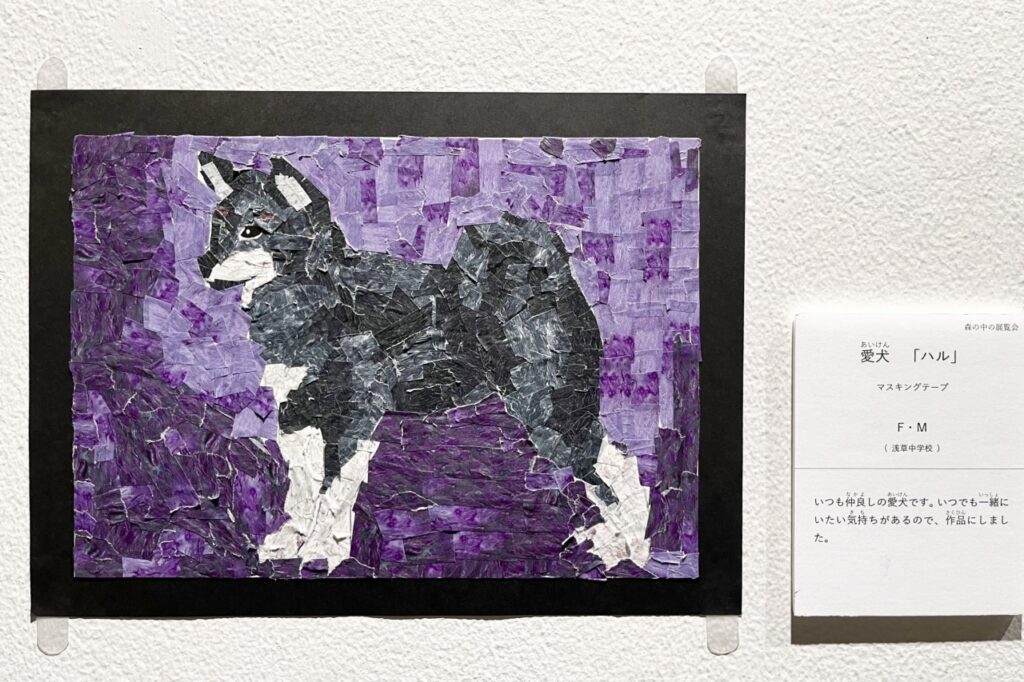

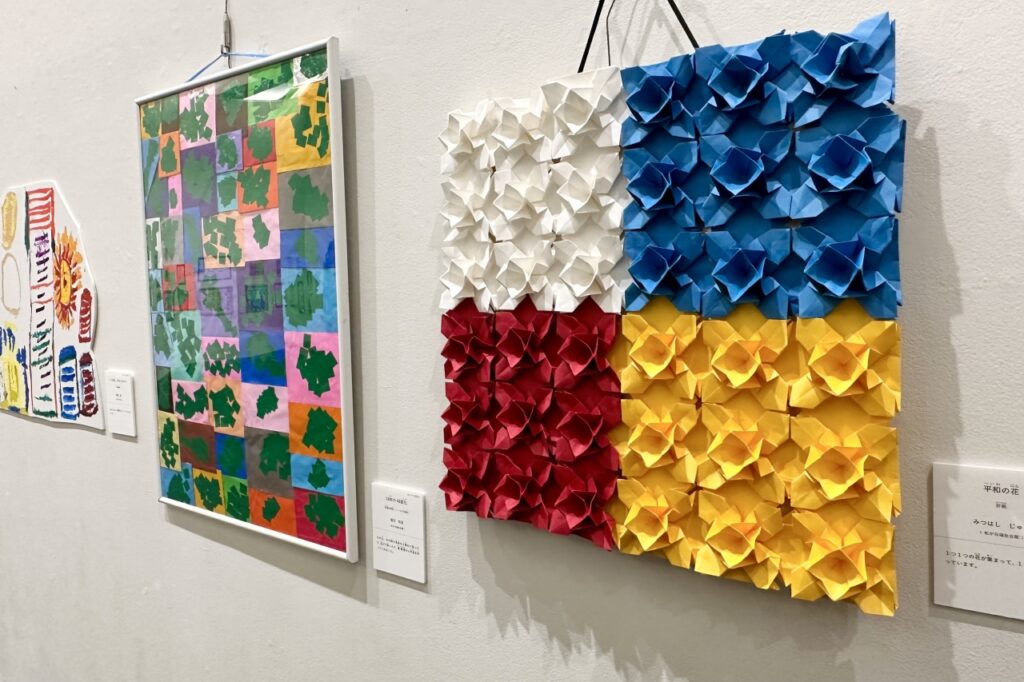

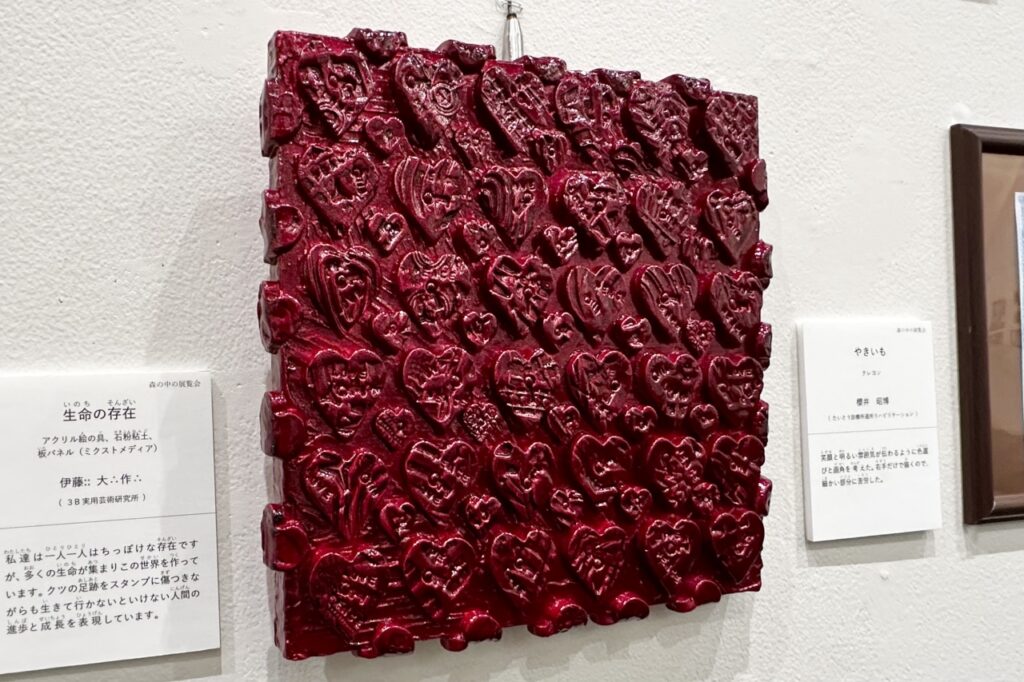
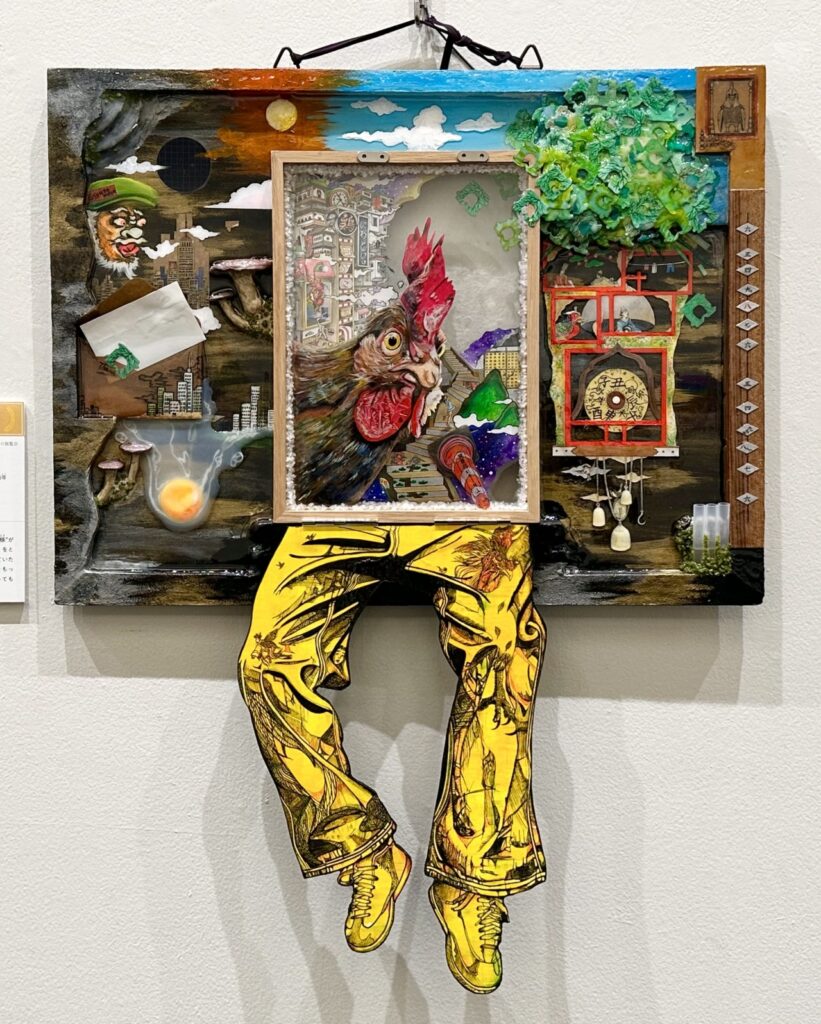
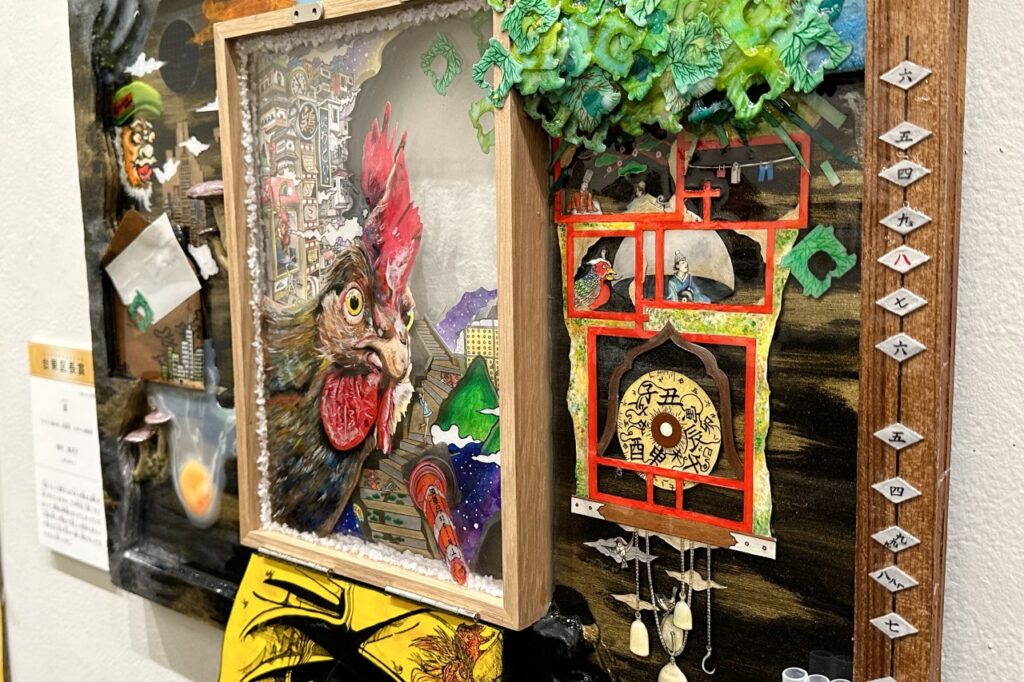

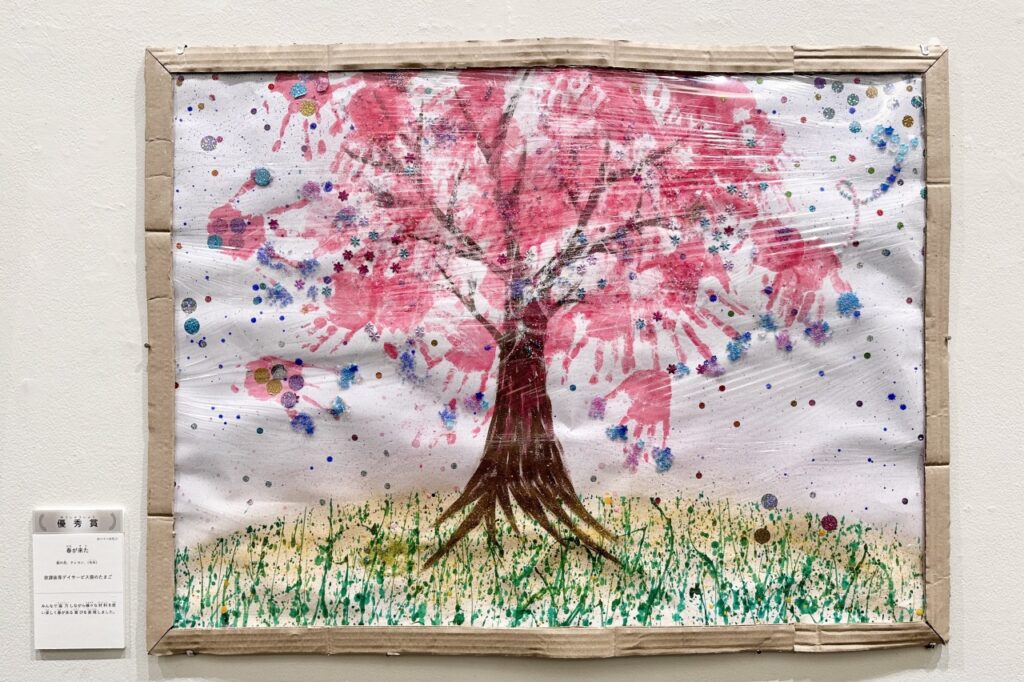

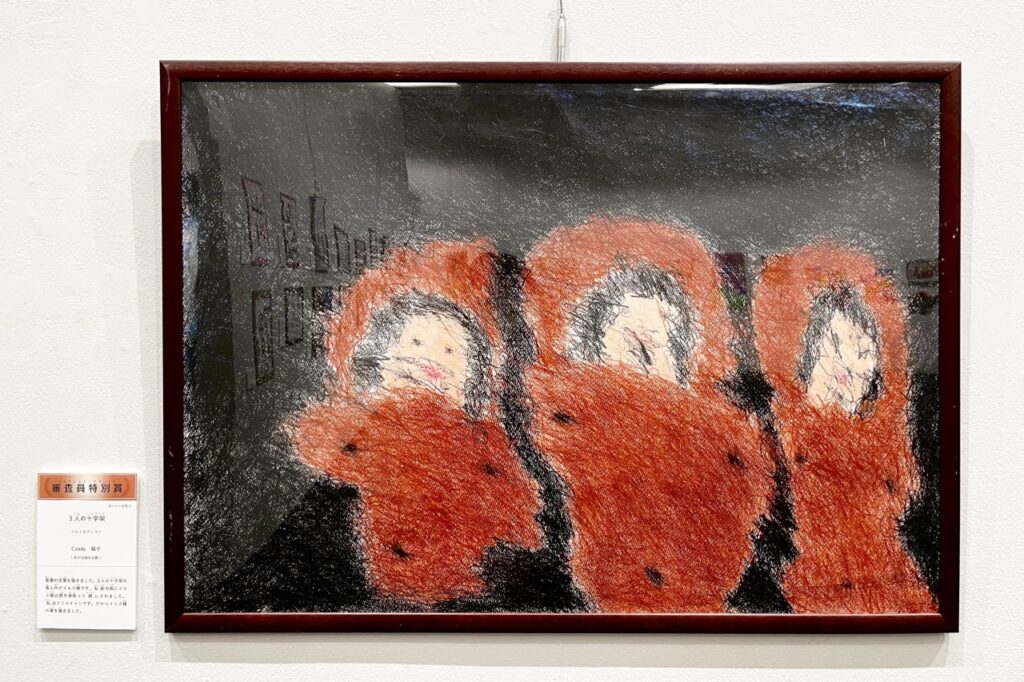

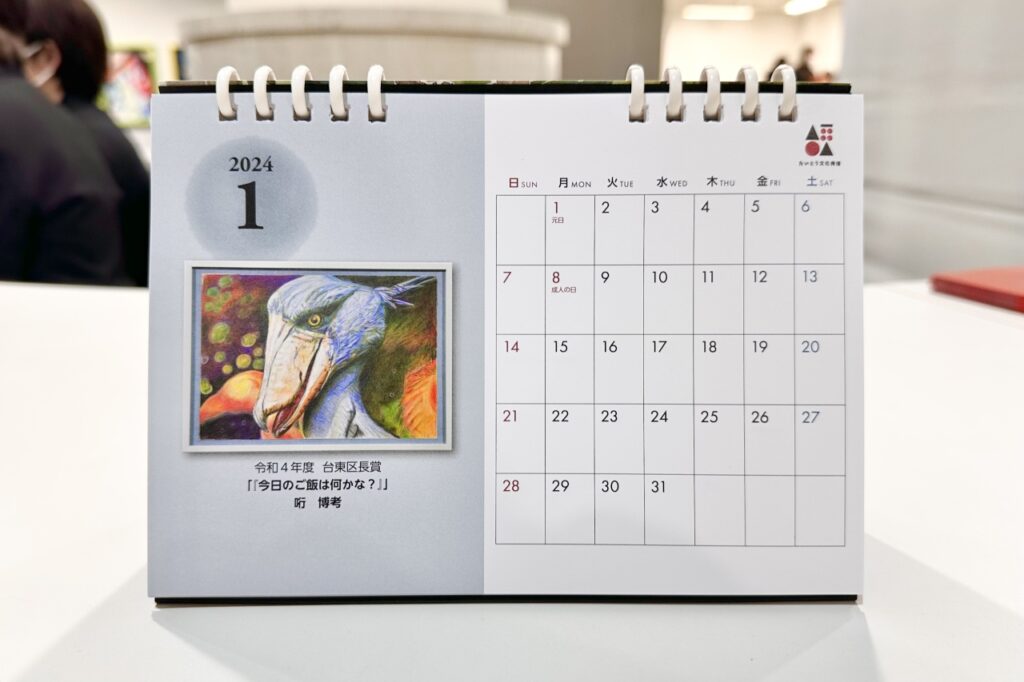
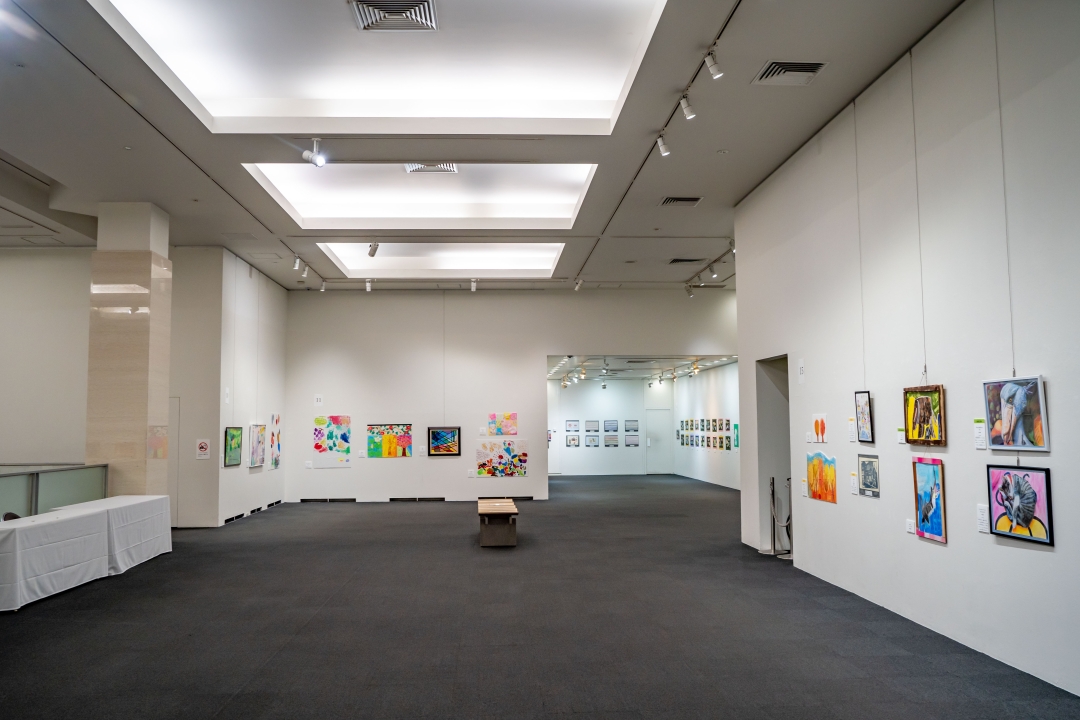
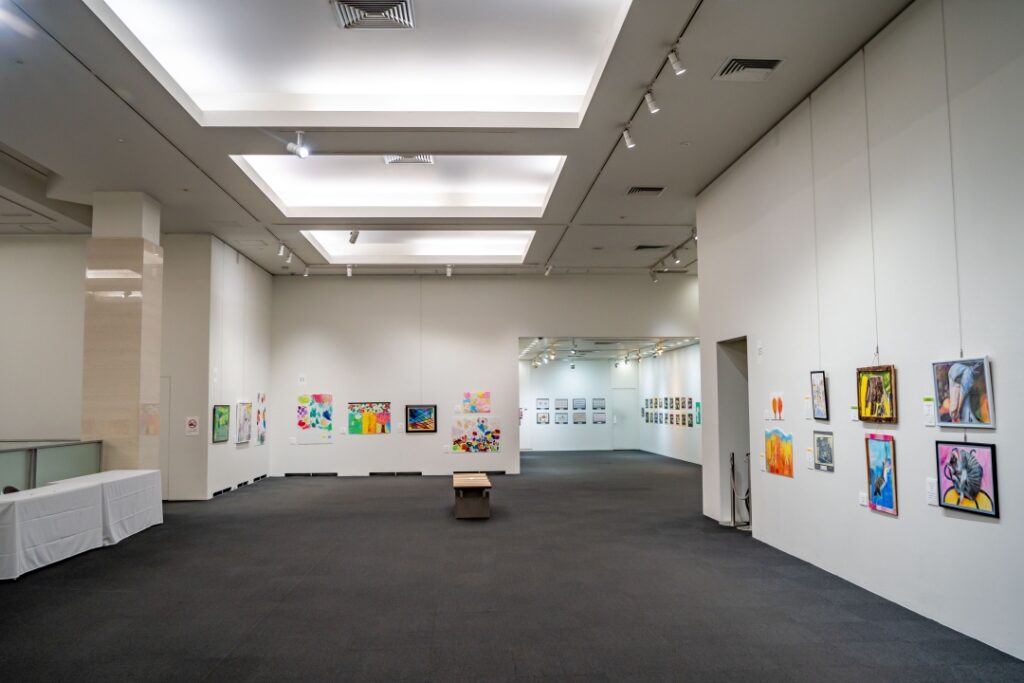
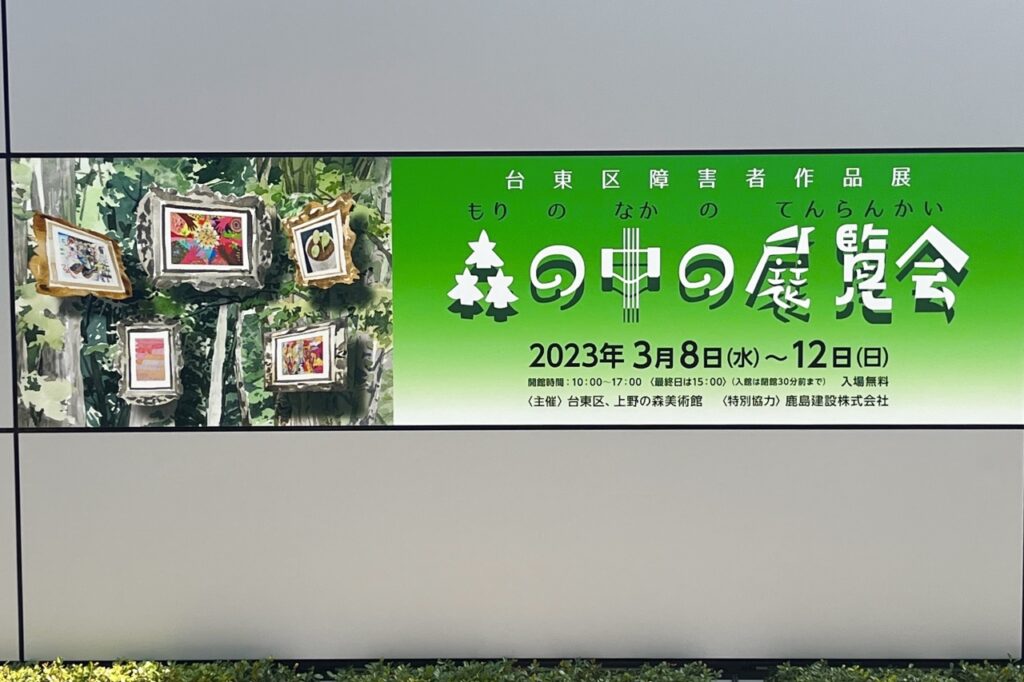
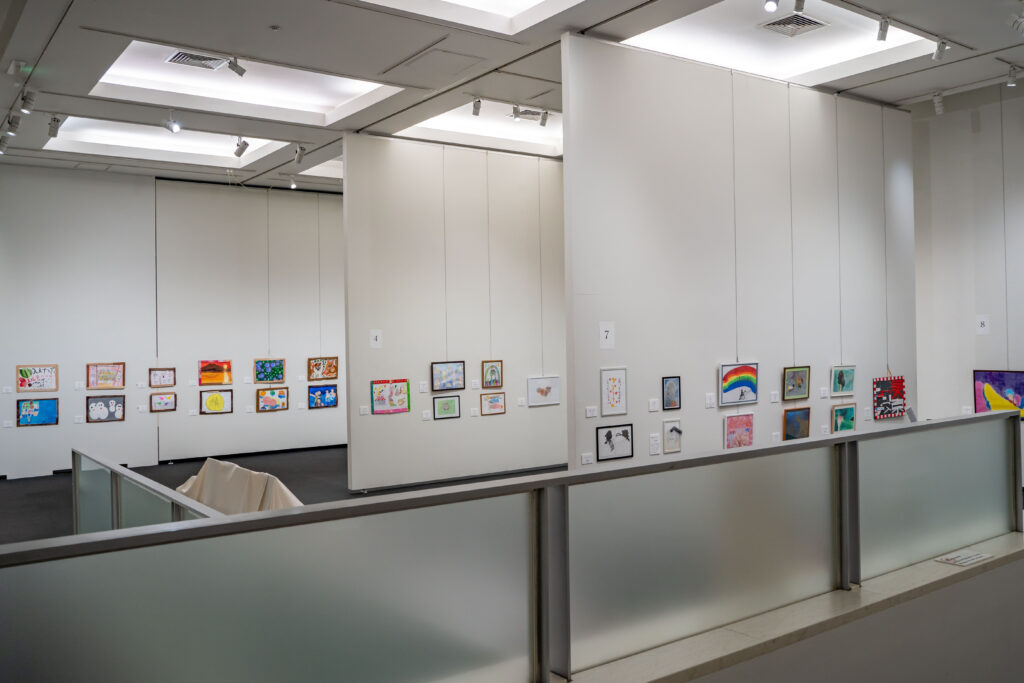
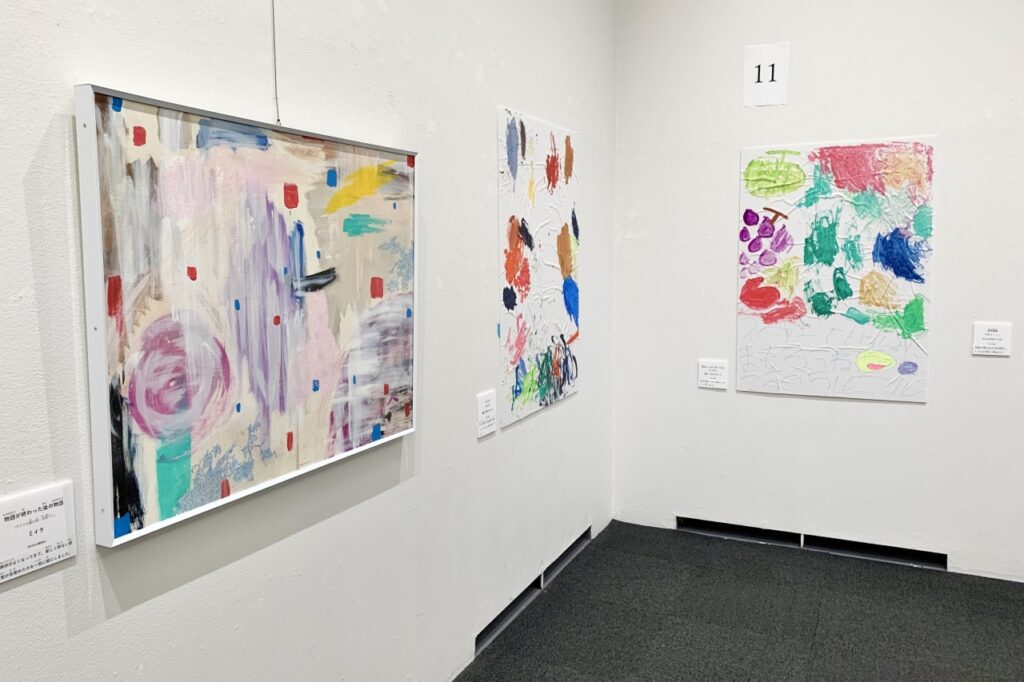
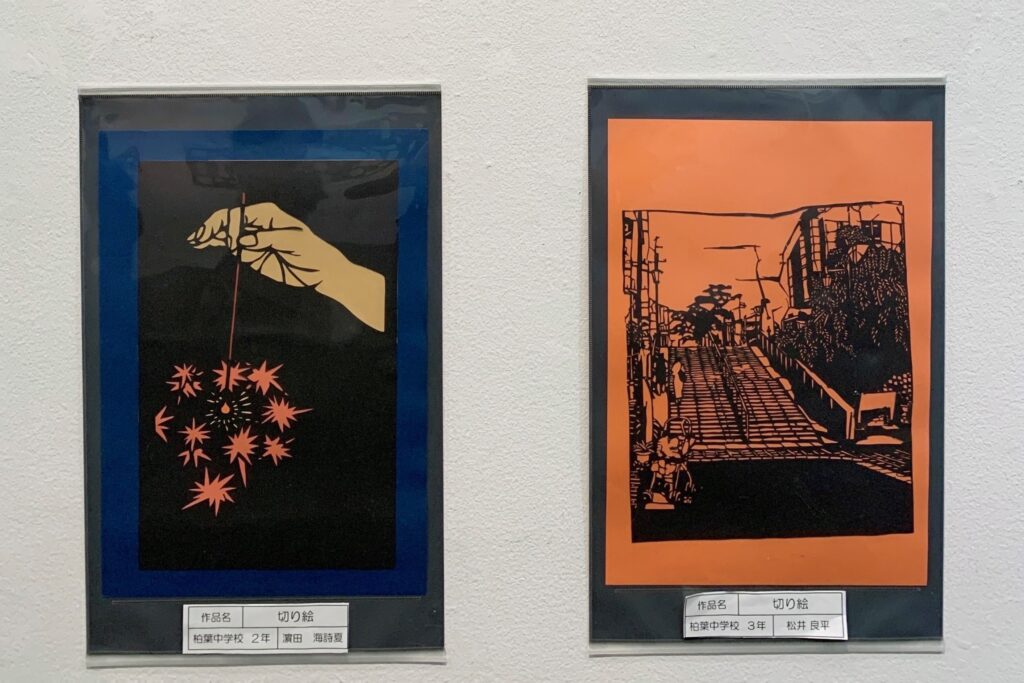
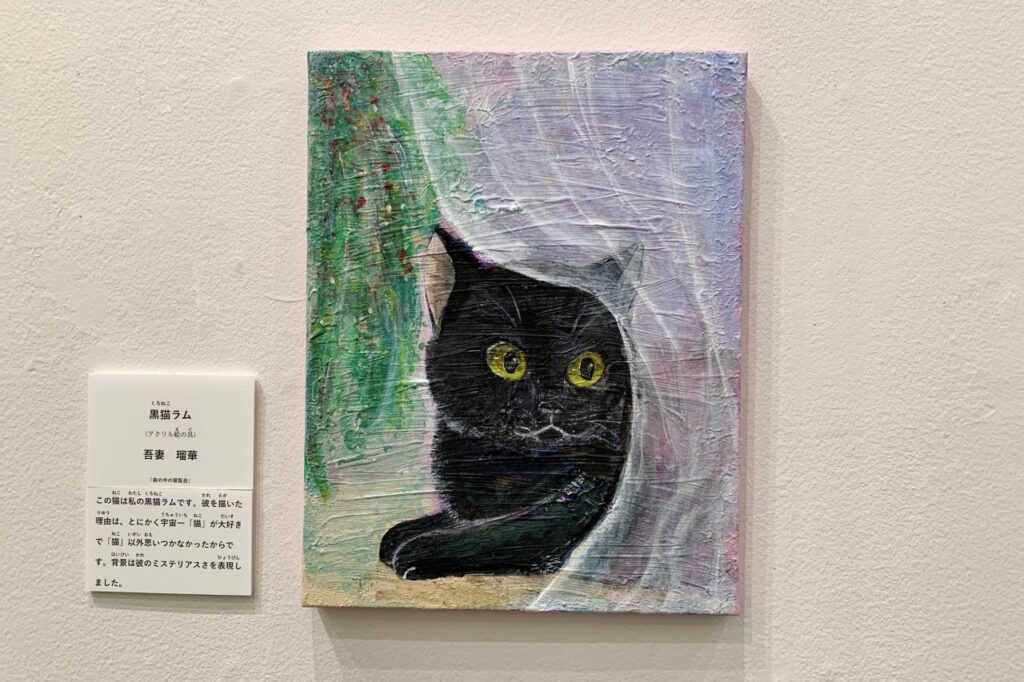
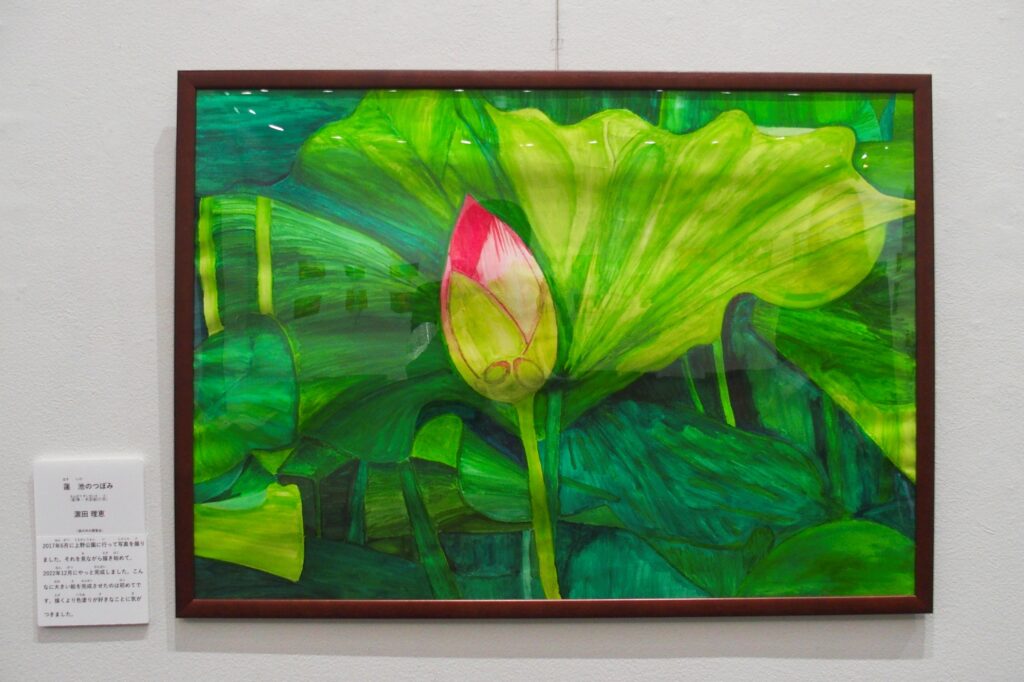
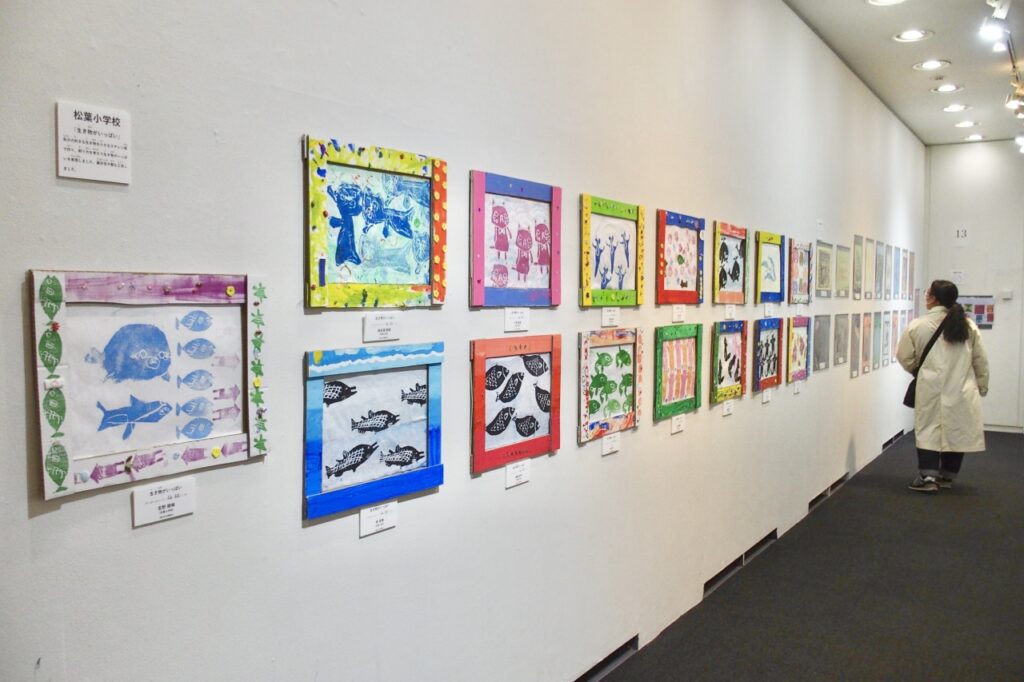
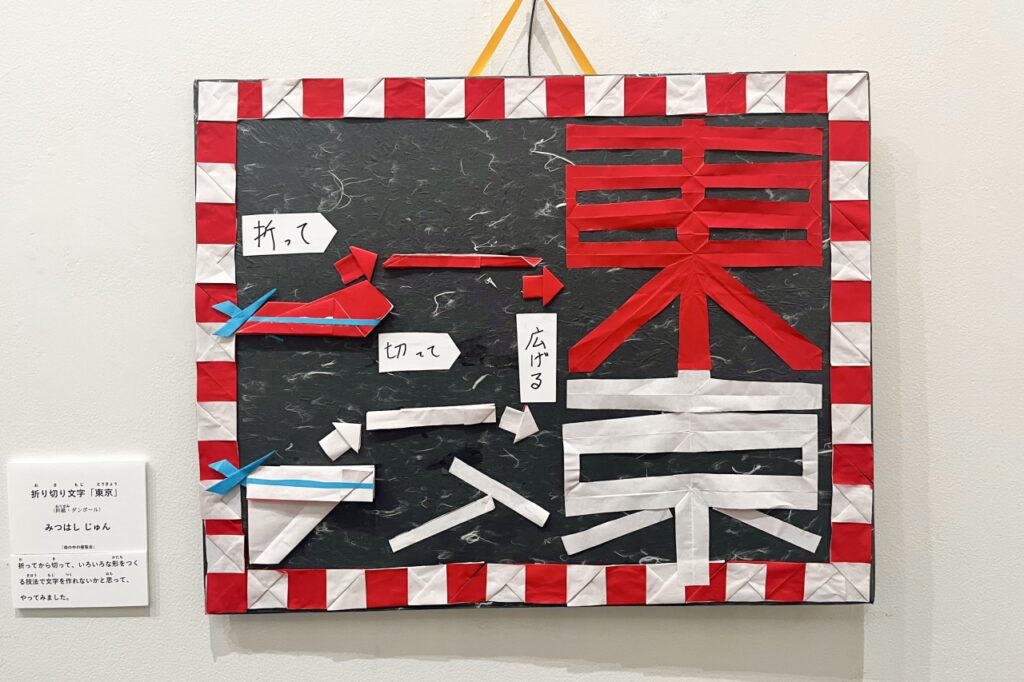
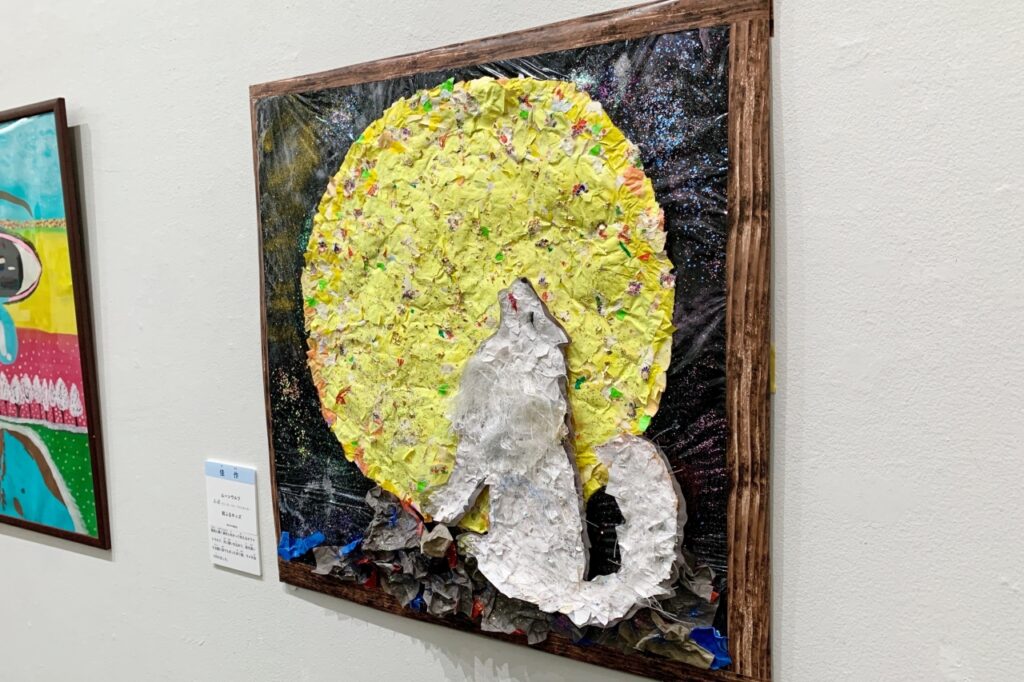



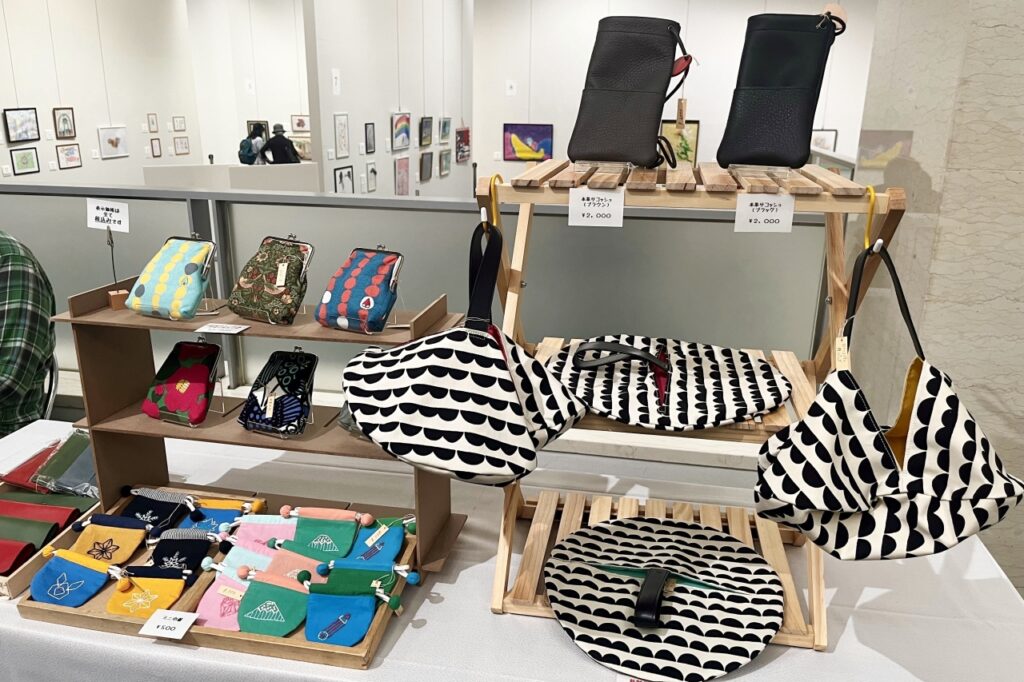
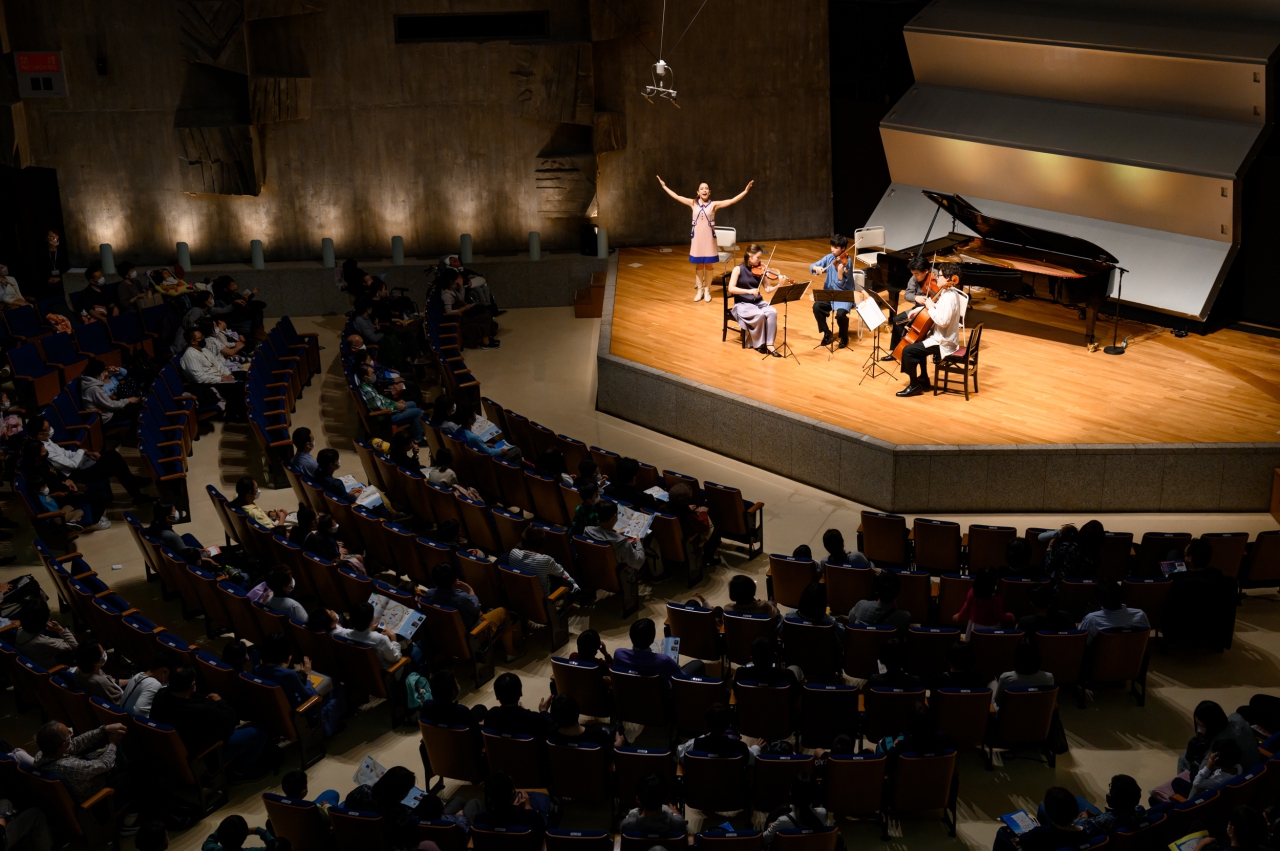
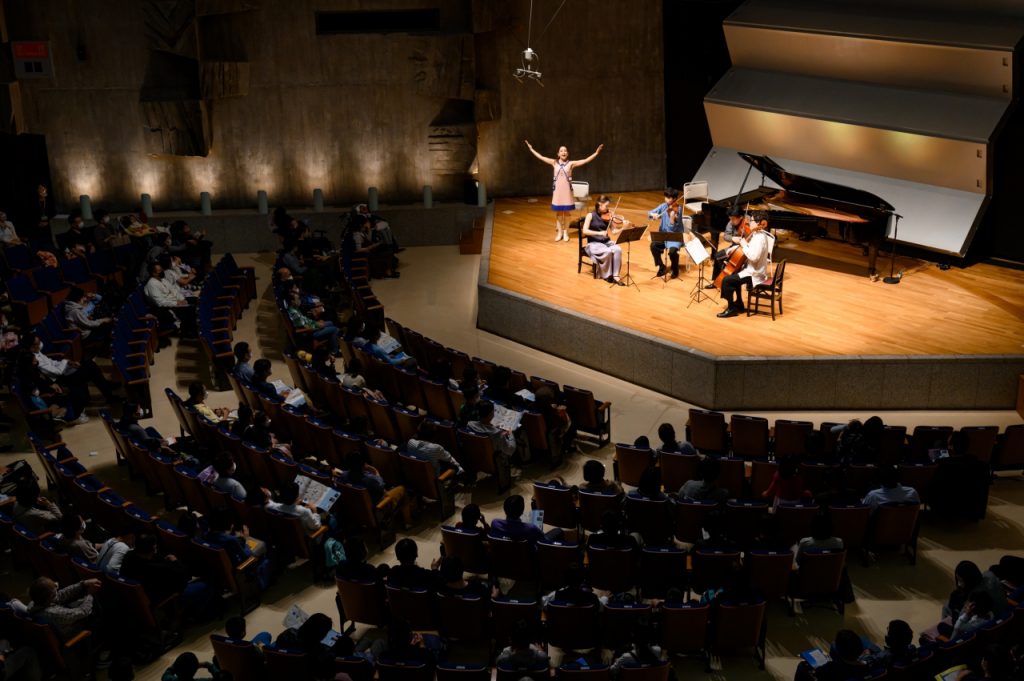

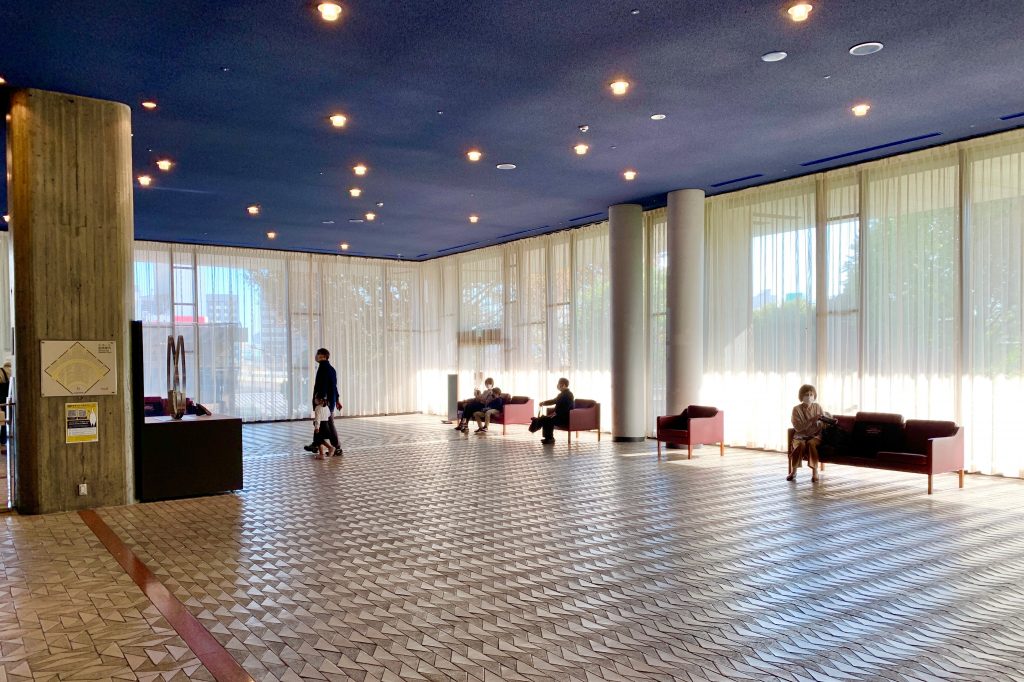
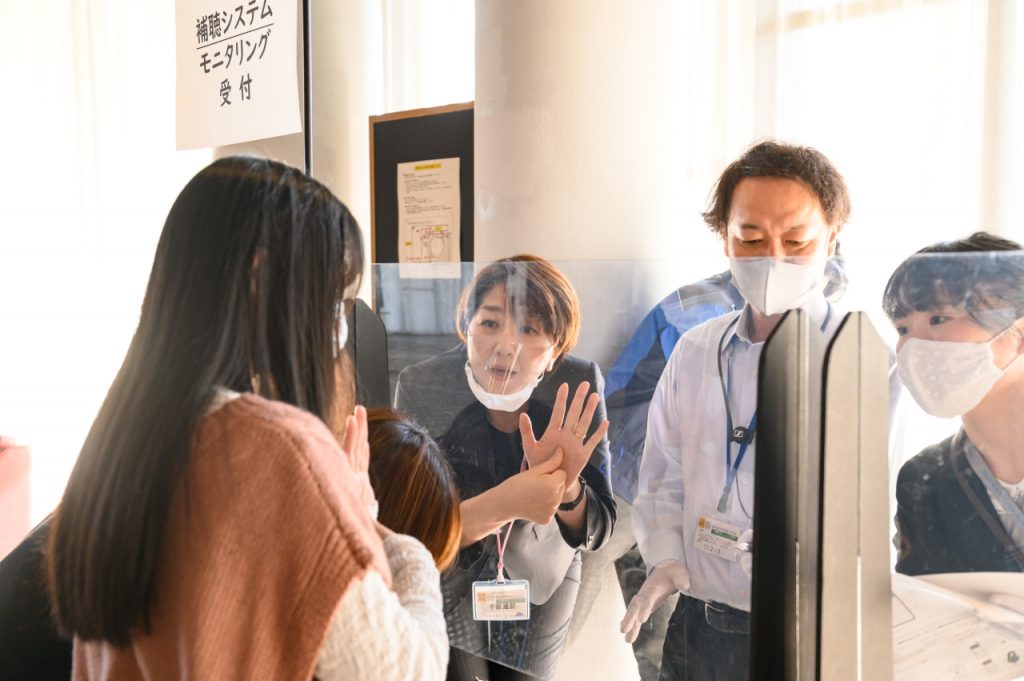
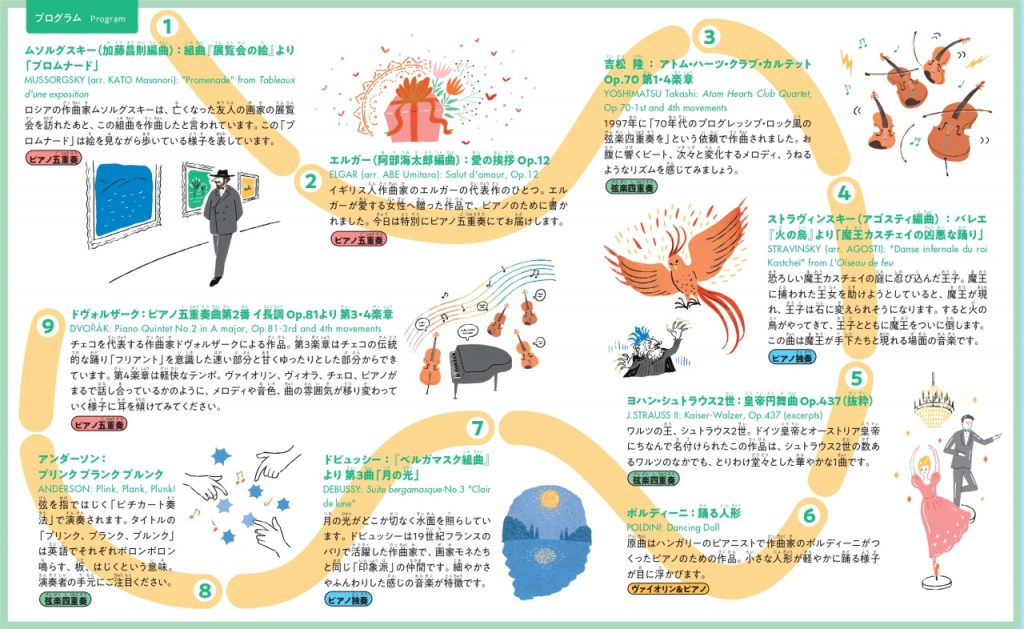

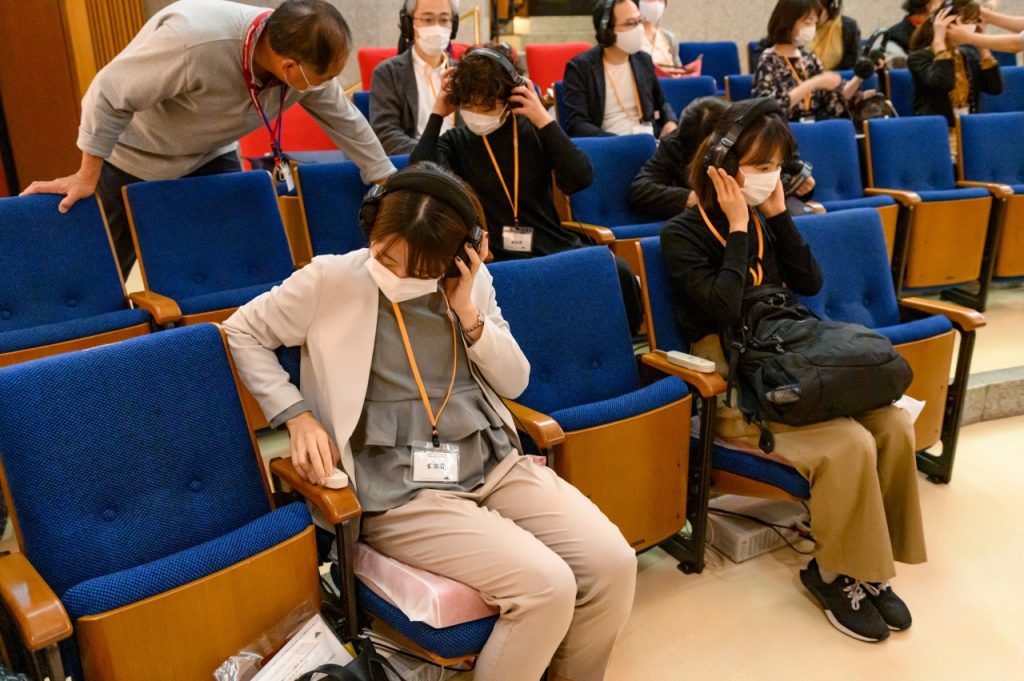
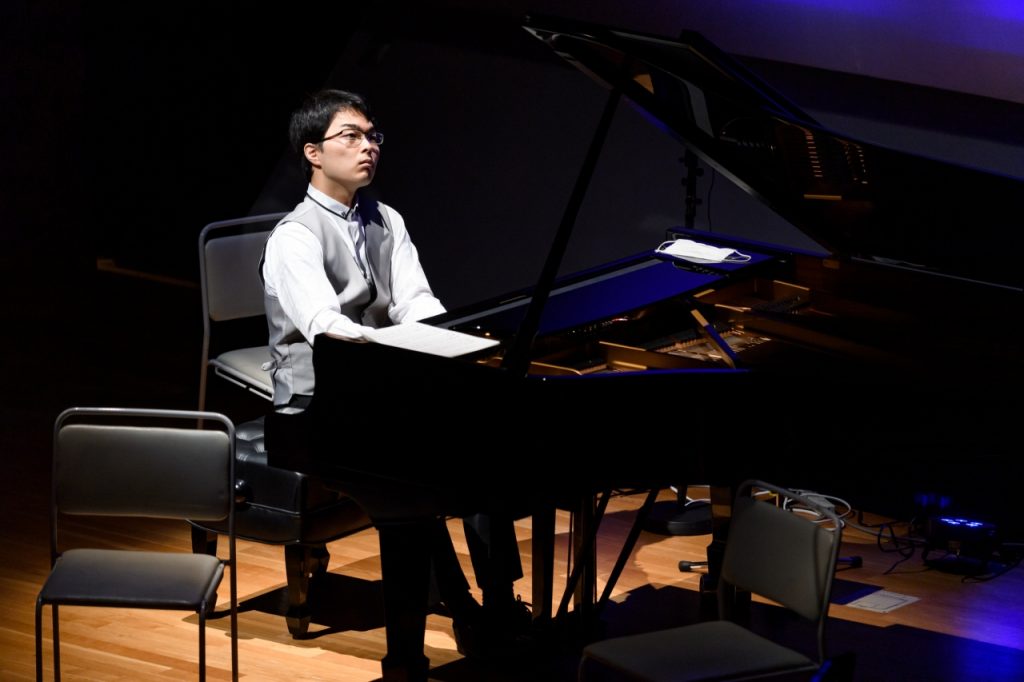
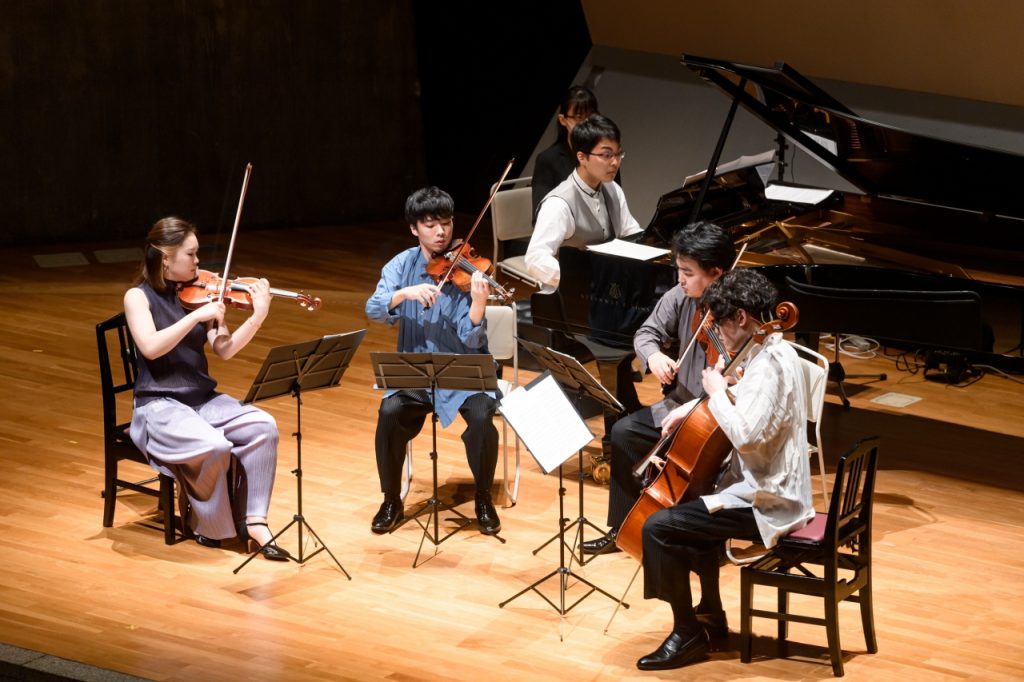
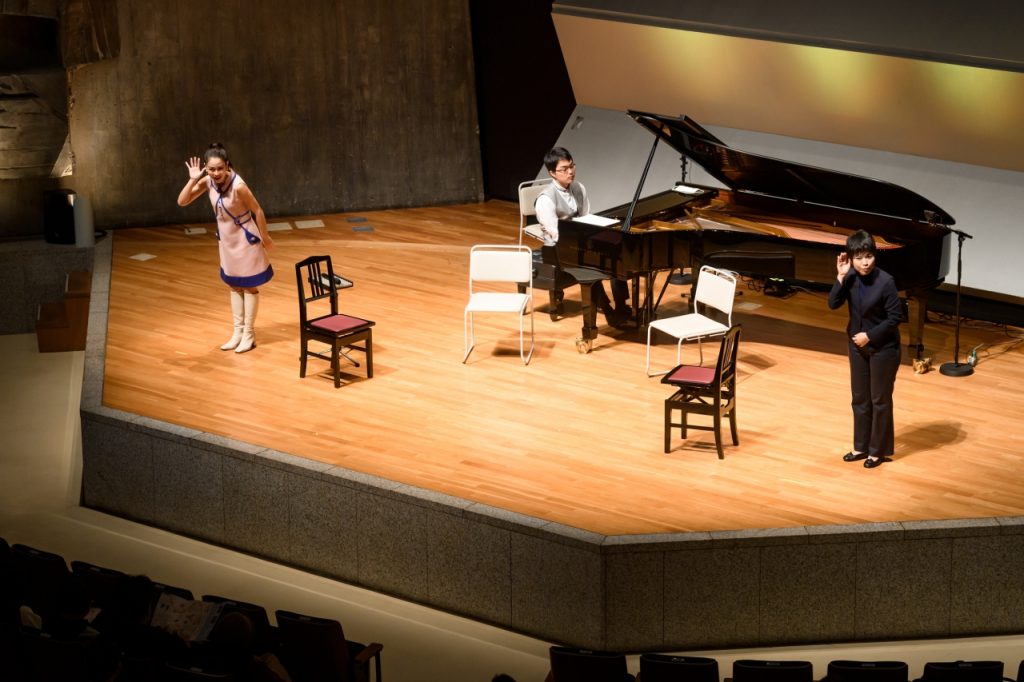
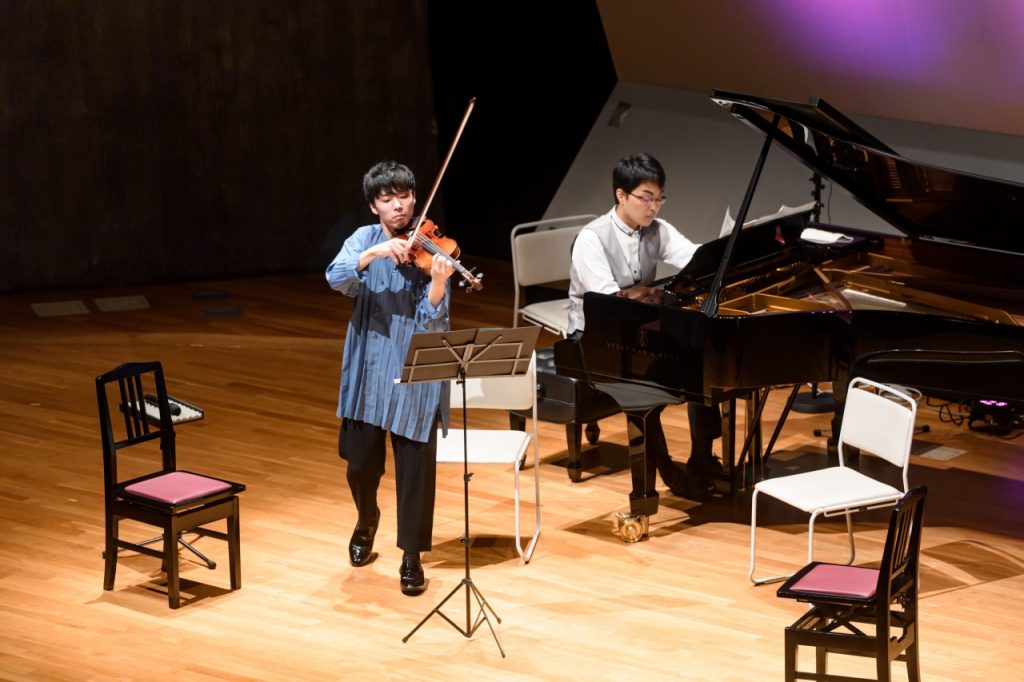
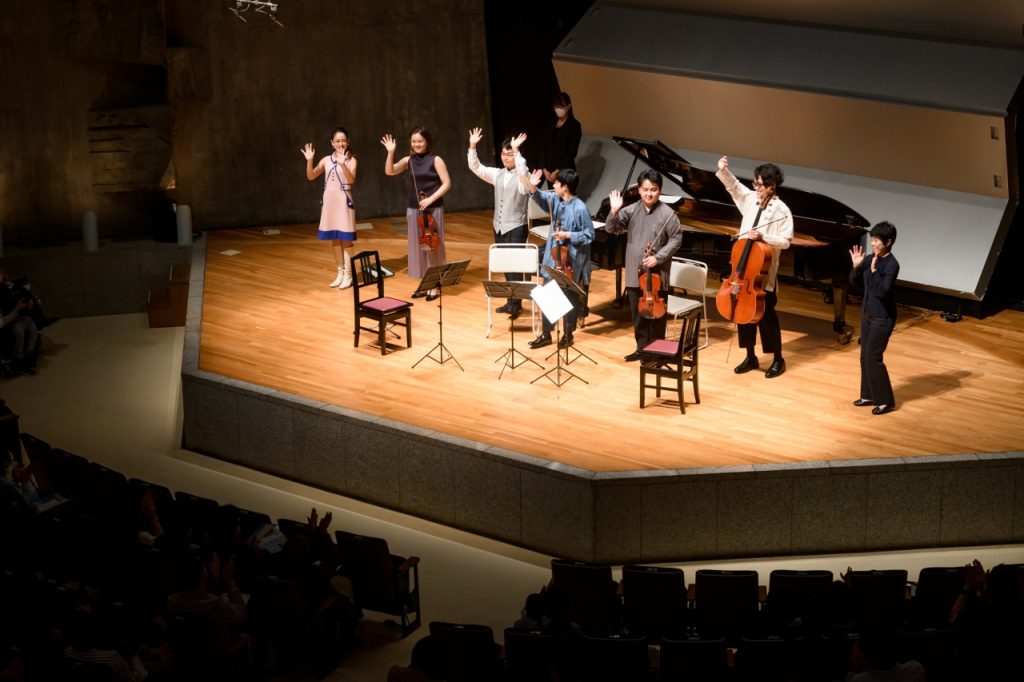
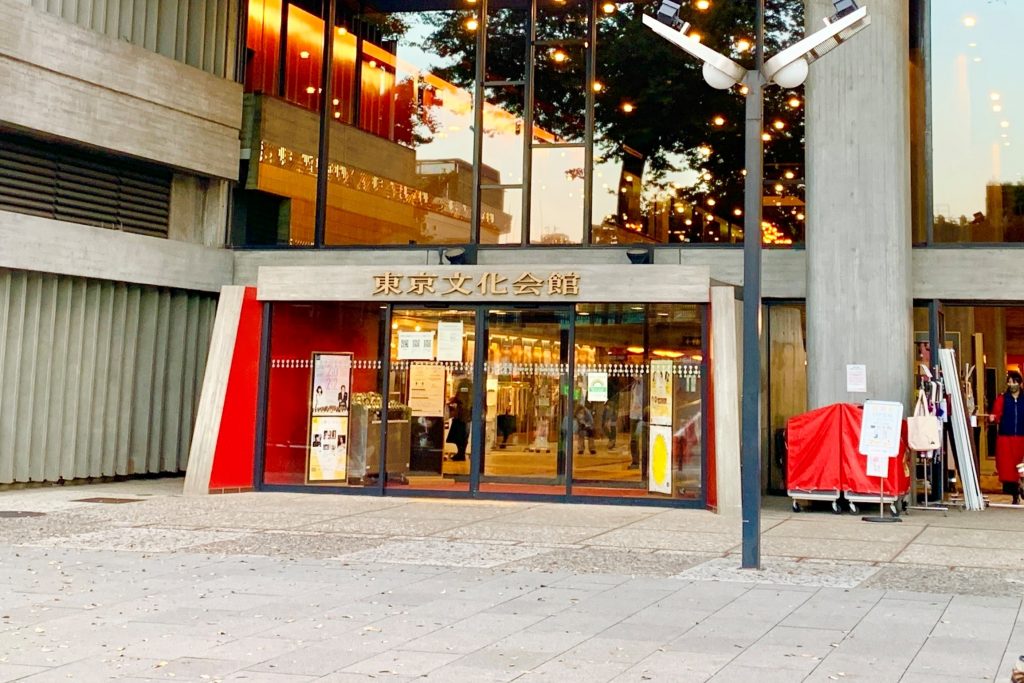
Recent Comments